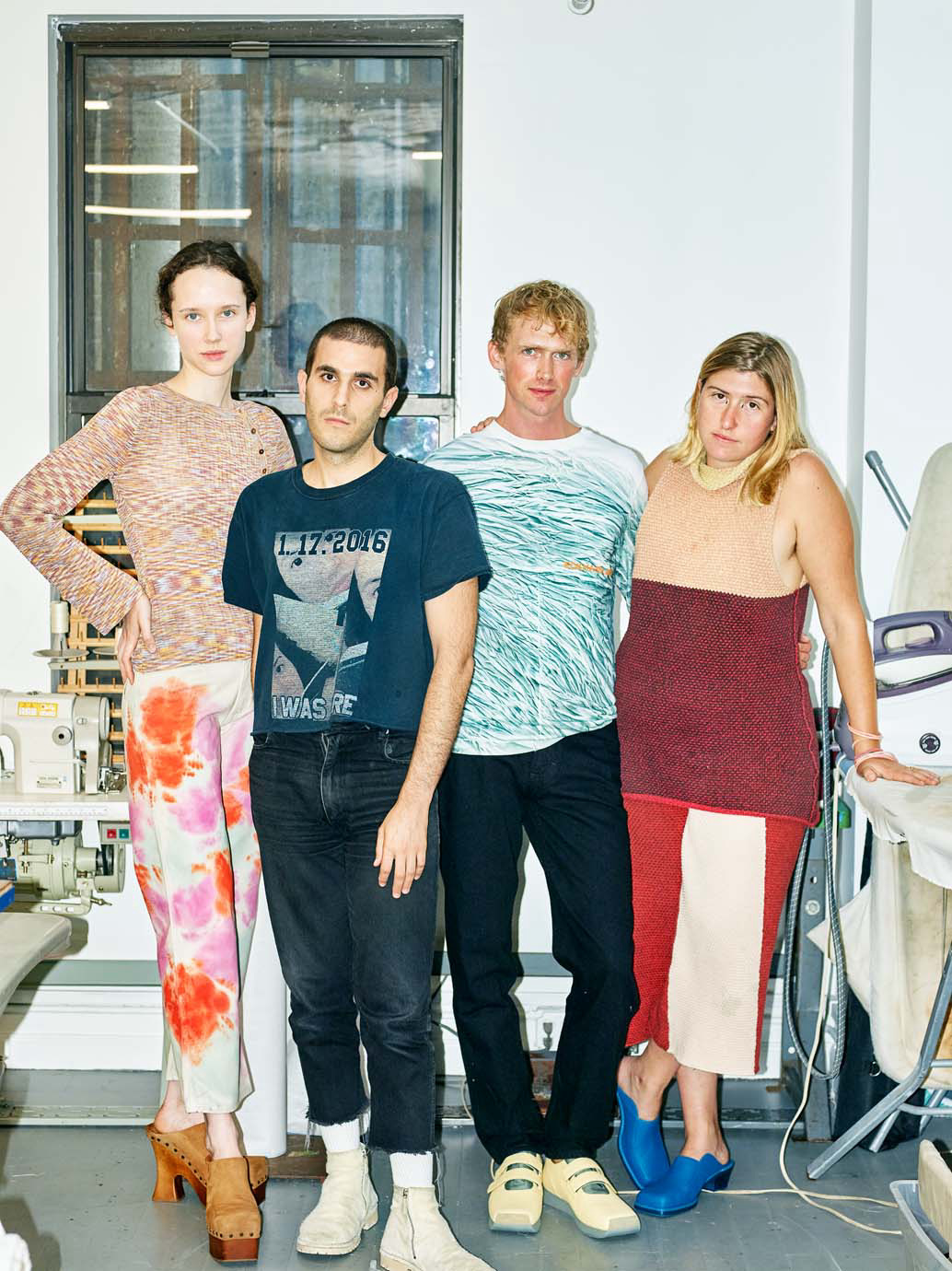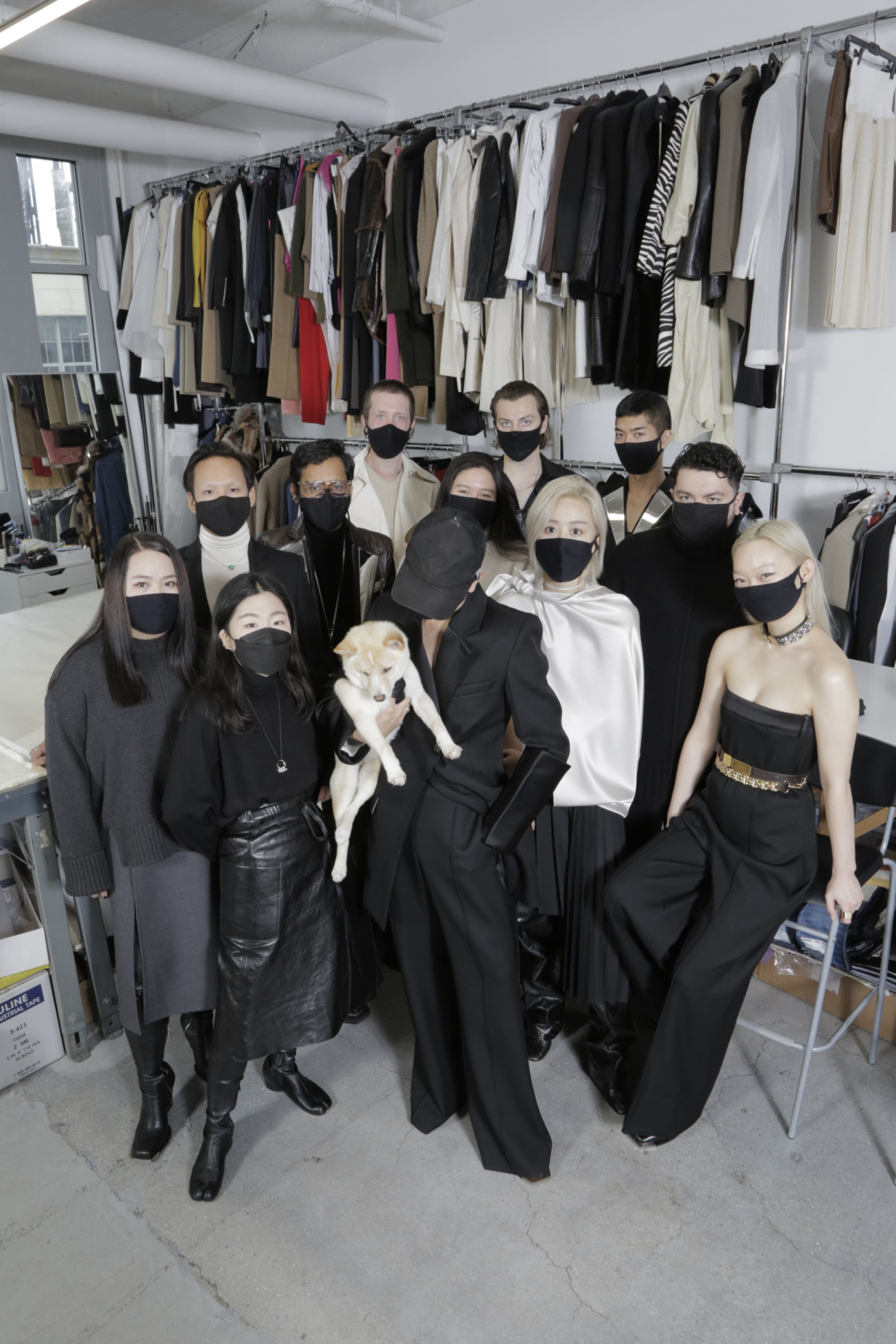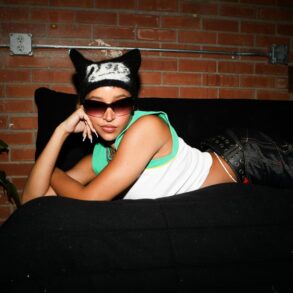The meaning, and platform, we assign to clothes is an endlessly interesting mirror to our society. To prepare for the rapidly approaching New York Fashion Week, and ahead of CULTURED‘s very own fashion issue this September, hear what a few style mavens, fashion experts, and iconic designers have to say about their perspectives on style and exuding a certain je ne sais quoi.

Michèle Lamy, fashion designer and performer
“I don’t think of reinvention as something you do, but as an idea to always be looking for something new. At the same time, you don’t reinvent yourself, every fiber links.”

Daniel Roseberry, artistic director of Schiaparelli
“Elsa Schiaparelli’s work really set us up to make things today that would work digitally. I never felt like she was taking herself too seriously, and I think that she had a really biting sense of humor, and yet at the same time it was always deeply chic, and that’s what we always come back to here when we’re in fittings. Are we going into camp, is it becoming a joke? And how do we walk that line of maintaining a sense of humor but make it that specific ‘hard chic,’ as she called it.”

Thom Browne, fashion designer
His namesake company, known for its fitted grey flannel suits, is currently valued in the hundreds of millions, while his immaculately tailored garments are made of luxury materials, playfully fashionable and befittingly priced (upper-tier ready-to-wear). And though he insists “it’s not a trend, it’s something that is actually just shifting,” Browne’s recent collections align with a current cultural interest in androgyny and gender flux. Men in skirts and dresses, women in tuxedos. “I’ve been doing that for a while,” he says.

Daniel Lee, formerly creative director of Bottega Veneta and now Burberry
“Movies and stories are an important part of the narrative, but, for me, it’s always about the attitude of the person—we start with the attitude. We based the last collection around an attitude of comfort, coziness and being at home: the fabric, the fit, it was all built around this attitude. I was watching the TV series Euphoria during lockdown, all that youth and free spirit; you have to stay quite open—anything that comes your way has some kind of unconscious influence on the work.”

Zoe Latta and Mike Eckhaus, co-founders of Eckhaus Latta
Describing their process, Mike Eckhaus says, “Everything is progressively dictated by material, and color kind of almost reverberates off of it. I wouldn’t say it’s secondary to material, but it’s not parallel. It’s like two cars driving along, pulling up to the other one’s lane.”

Simone Rocha, fashion designer
Femininity, for her, is a layered concept. There’s the superficial and the stereotypical—“the connotations of what people think are feminine and girly,” she explains—and then there’s what’s beneath, what women have been historically conditioned to keep hidden. “The blood, the trauma, the guts, the practicality.” Excavating that is the designer’s specialty—and she’s not afraid to dig deep.

Peter Do, fashion designer
“My experiences working at another, bigger house was that something was missing at the studio—there was a disconnect. When I started Peter Do with my closest friends, we had the goal of creating a space where we would be safe, creative, and happy. The reason we are not eager to grow as some other brands [have] is so that we can hang onto that energy as much as possible.”

LaQuan Smith, fashion designer
“I’m obsessed with old school designers. Gianni Versace and Azzedine Alaïa and so many others who shaped what sexuality looks like in fashion and the womenswear market … I remember when my grandmother was helping me learn how to sew a pattern. I shouted at her, pointing at J.Lo on the TV screen—‘No grandma! That’s the stuff I want to make.’”
Sign Up for the Cultured Newsletter
Sure, we can be close friends. Unfiltered access awaits.







